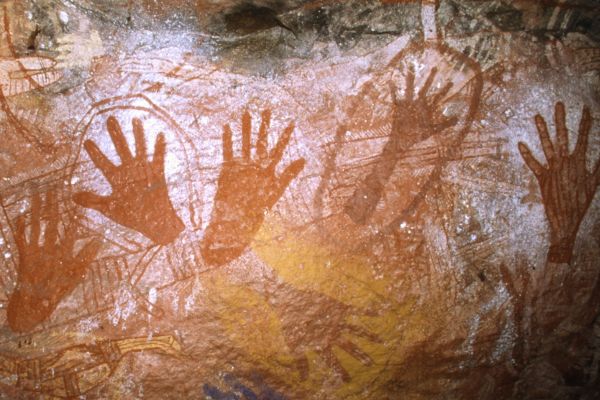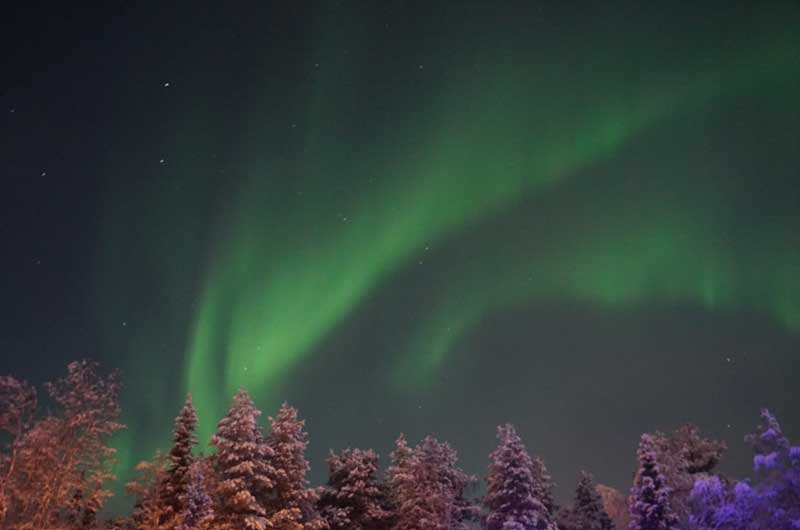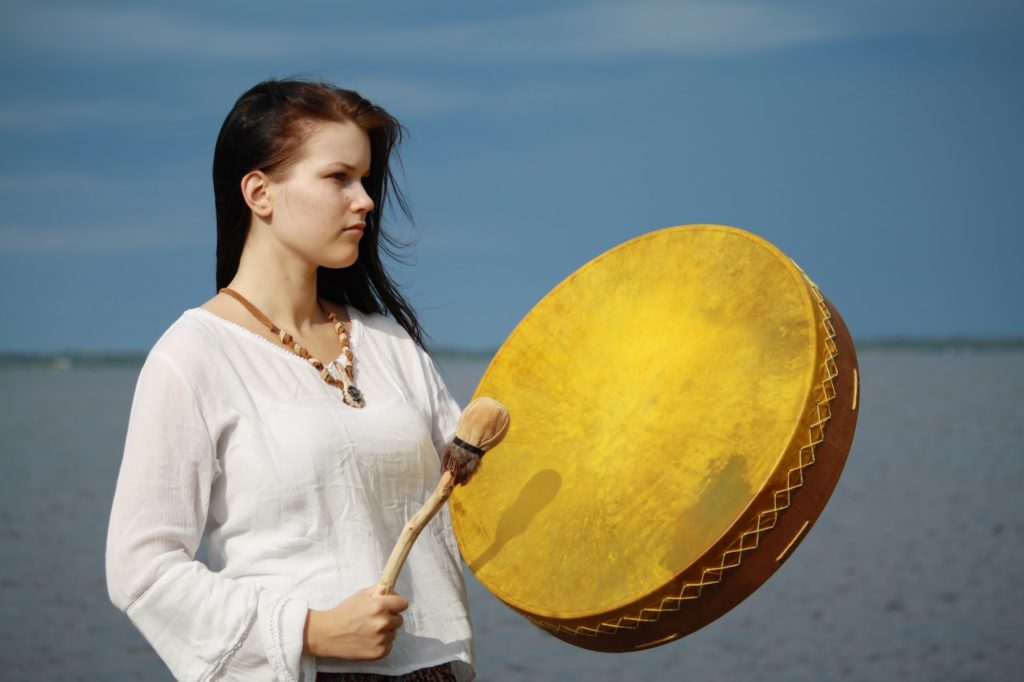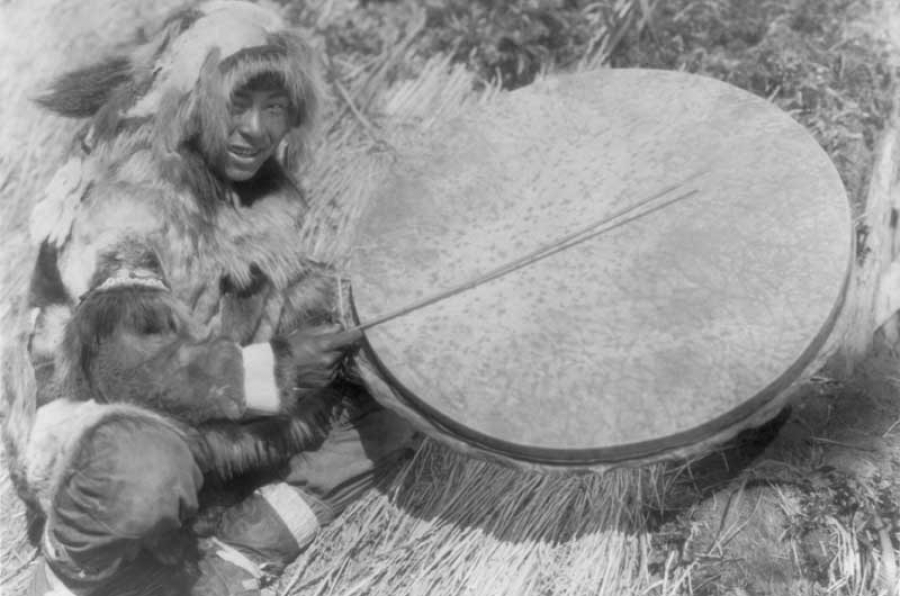In the vast tapestry of world mythology, few creatures command the reverence and fascination that the bear does in the cultures of the Finno-Ugrian peoples. Across the forests and tundra of northern Europe and western Siberia, the bear has long been more than just an animal—it is a symbol of strength, courage, and spiritual power.
Among the Finns, Estonians, Sami, and various other Finno-Ugrian groups, the bear is believed to possess supernatural qualities and is revered as a powerful spiritual being.
Shamanic Connections
 Ancient Finno-Ugrian societies maintained bear cults, wherein the animal was worshipped and celebrated through rituals and ceremonies. These rituals often involved elaborate hunts and sacrifices, symbolizing a deep connection between humans and bears. The killing of a bear was not merely an act of hunting but a sacred undertaking, accompanied by prayers and offerings to appease the bear’s spirit.
Ancient Finno-Ugrian societies maintained bear cults, wherein the animal was worshipped and celebrated through rituals and ceremonies. These rituals often involved elaborate hunts and sacrifices, symbolizing a deep connection between humans and bears. The killing of a bear was not merely an act of hunting but a sacred undertaking, accompanied by prayers and offerings to appease the bear’s spirit.
The bear embodies several key symbolic meanings in Finno-Ugrian cultures. It represents strength, endurance, and resilience, qualities vital for survival in the harsh northern climates inhabited by these peoples. Additionally, the bear is associated with fertility and regeneration, as its hibernation and subsequent awakening in spring symbolize the cycle of life, death, and rebirth.
In shamanic traditions practiced by many Finno-Ugrian tribes, the bear holds a special significance as a spirit guide and source of shamanic power. Shamans, known as “noaidi” among the Sami people, would often invoke the spirit of the bear during rituals, seeking its wisdom and protection. The bear was believed to possess the ability to traverse between the physical and spiritual realms, making it an essential ally for shamans in their journey to commune with the divine.
Contemporary Reverence
 While the traditional bear cults of the Finno-Ugrian peoples have largely disappeared with the spread of Christianity and modernization, the reverence for the bear persists in various forms. The image of the bear continues to feature prominently in folklore, art, and cultural practices, serving as a potent symbol of identity and heritage for many indigenous communities.
While the traditional bear cults of the Finno-Ugrian peoples have largely disappeared with the spread of Christianity and modernization, the reverence for the bear persists in various forms. The image of the bear continues to feature prominently in folklore, art, and cultural practices, serving as a potent symbol of identity and heritage for many indigenous communities.
In modern times, efforts to conserve bear populations have become increasingly important in regions inhabited by Finno-Ugrian peoples. Despite their cultural significance, bears have faced threats from habitat loss, poaching, and human-wildlife conflicts. Conservation initiatives aim to protect both bears and their habitats while respecting the cultural values and traditions associated with these magnificent creatures.
If you liked to enhance your connection with nature and the spirit of this amazing animal, maybe meditating while drumming a power animal drum can help you on your journey.













